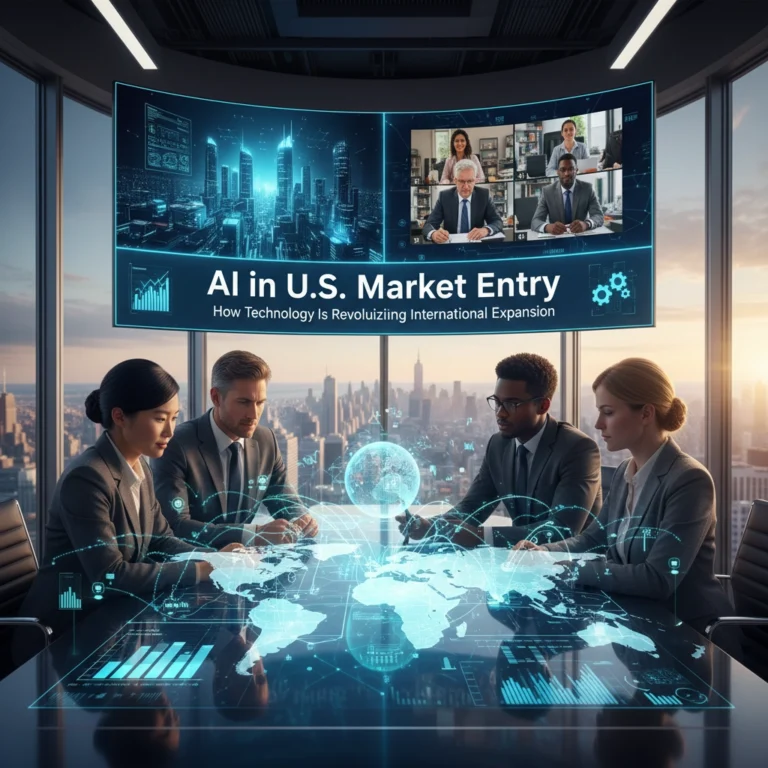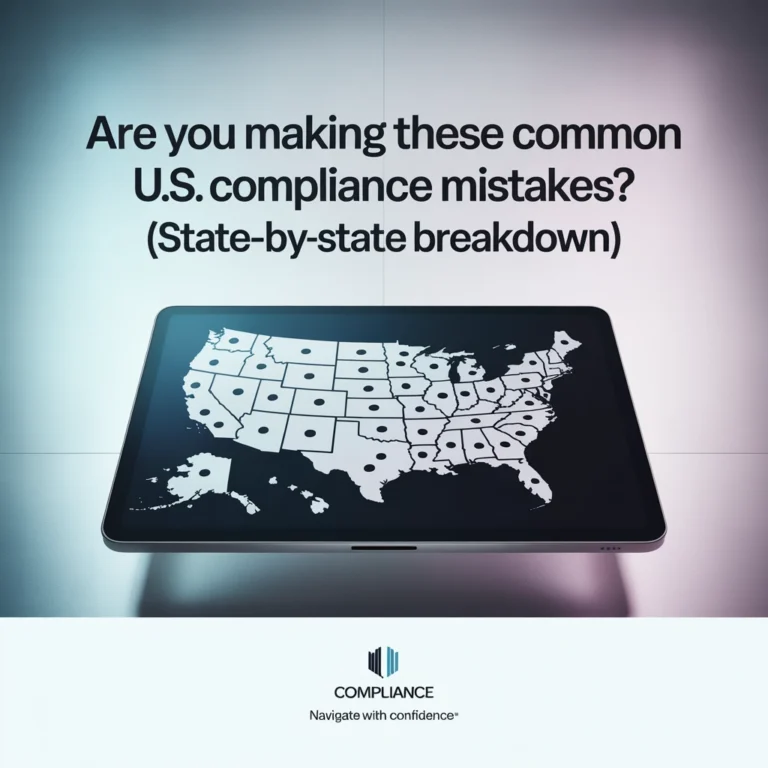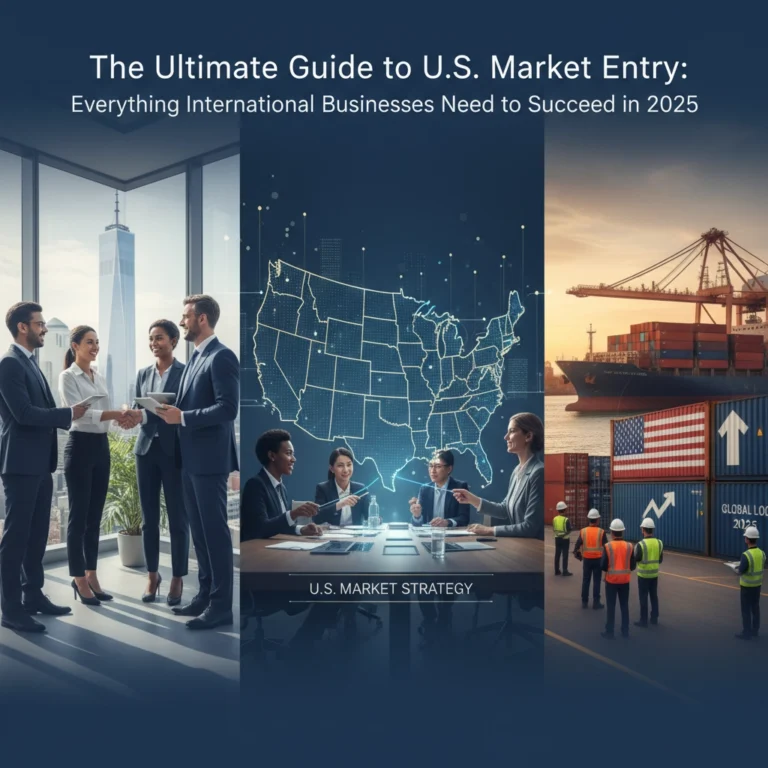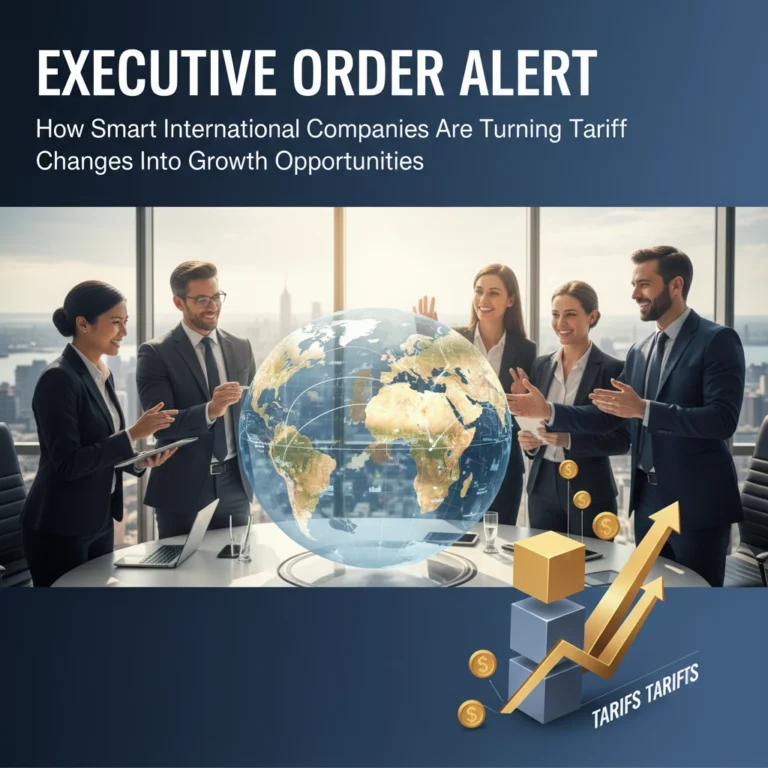Supply Chain Audit Secrets Revealed: What CBP's AI Risk Assessment Tools Don't Want You to Know
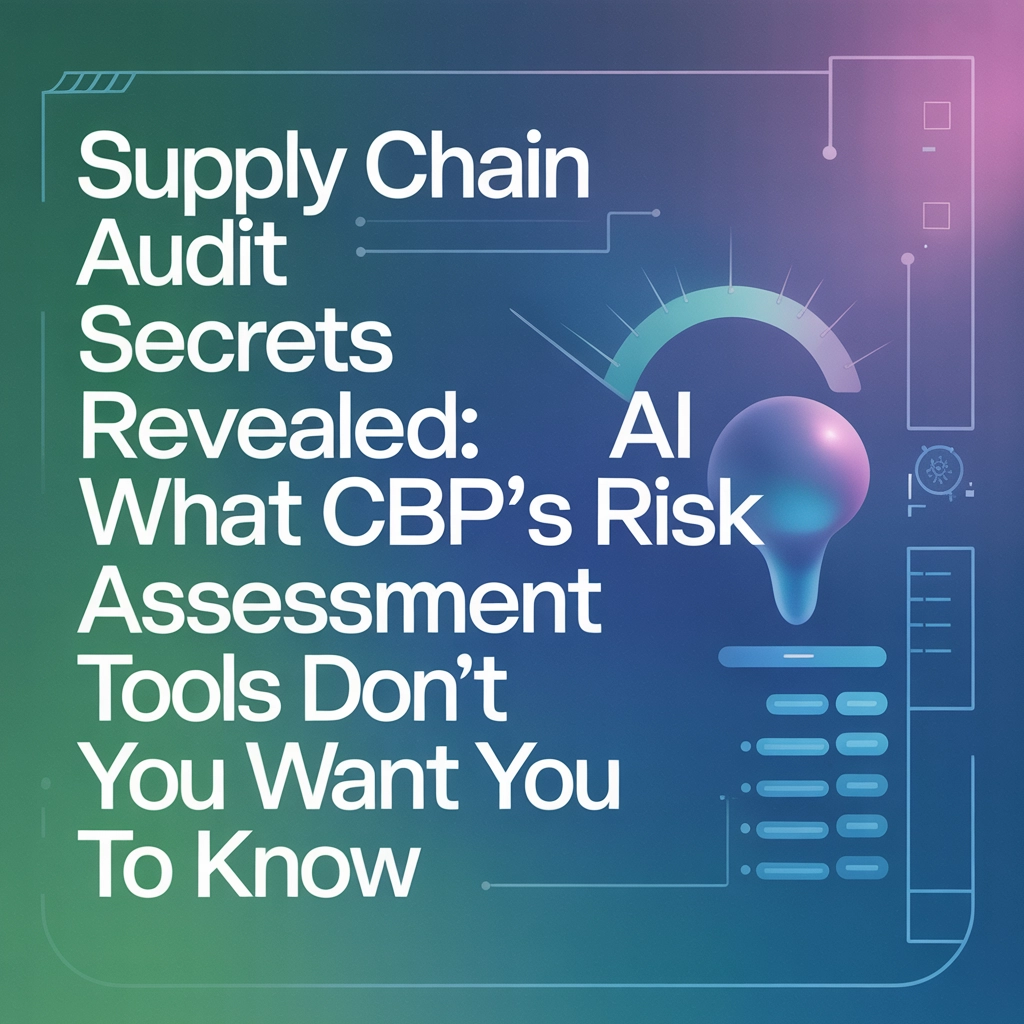
Ever wonder why some shipments sail through customs while others get flagged for "random" inspections? Spoiler alert: there's nothing random about it anymore. CBP's AI systems are getting smarter, more sophisticated, and frankly, a little scary in how much they can see into your supply chain.
Here's what every importer needs to know about the AI tools that are quietly reshaping how CBP evaluates your business, and why you might be more vulnerable than you think.
The AI Revolution at CBP: It's Already Here
Let's cut through the noise: CBP isn't just experimenting with AI anymore. They're using it right now to make decisions about your shipments. Their automated anomaly detection systems are scanning trade data 24/7, looking for patterns that human analysts would miss. These aren't simple keyword searches, we're talking about predictive analytics that can spot potential smuggling attempts before they happen.
The agency has partnered with companies like Altana to provide supply chain intelligence that goes way deeper than your typical compliance check. CBP analysts are using this tech to "determine high-risk areas for trade targeting," with a particular focus on forced labor compliance. Translation? They can see connections in your supply chain that you probably don't even know exist.
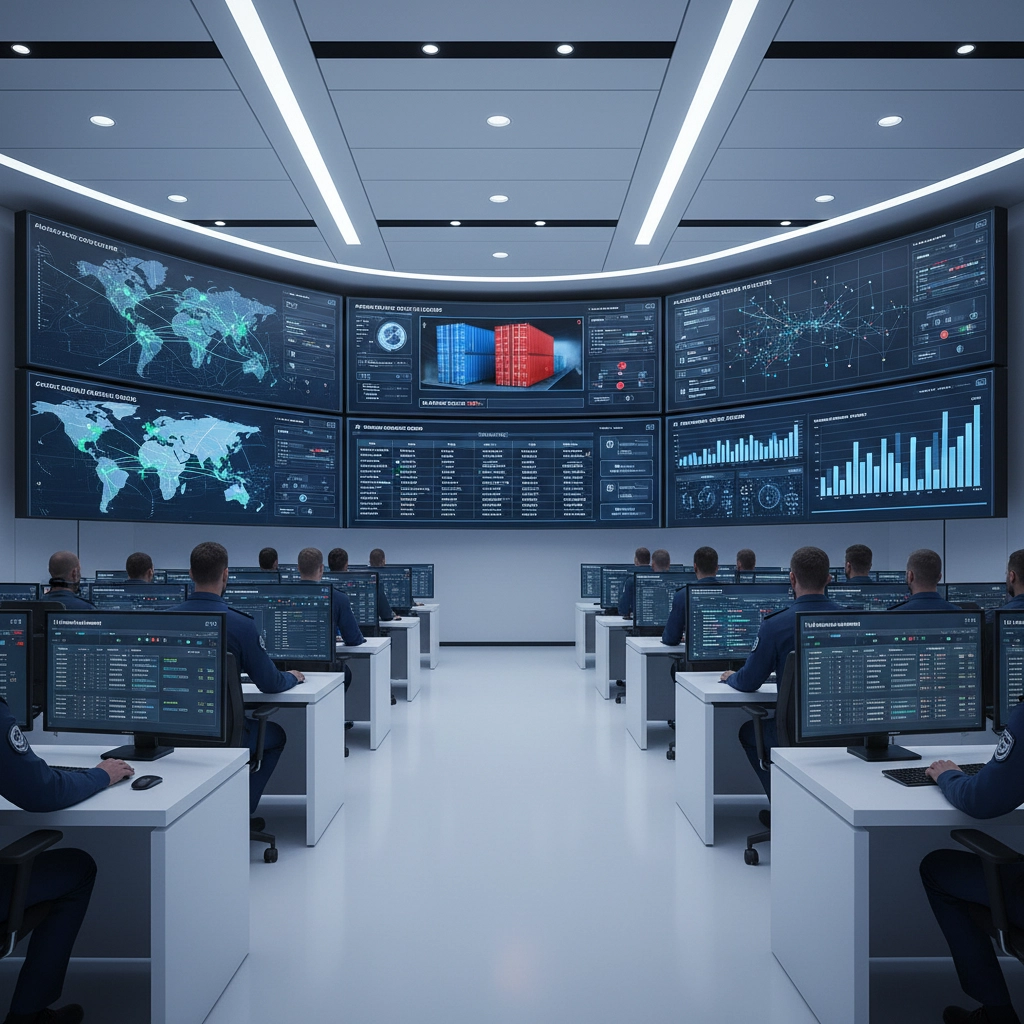
But here's where it gets interesting: CBP's AI doesn't just look at your paperwork. It's analyzing shipping patterns, payment flows, supplier relationships, and even social media activity to build risk profiles. That "random" inspection? It's probably because their algorithm flagged something three suppliers down your chain that you've never even heard of.
The Transparency Problem: You're Flying Blind
Here's what should keep you up at night: you probably don't know when AI is making decisions about your shipments. Recent congressional pressure on CBP reveals a massive transparency gap. Senators are demanding answers about whether importers and exporters even get notified when AI systems affect their cargo.
Think about that for a second. An algorithm could be systematically flagging your shipments, costing you time and money, and you might not even know it's happening. Even worse, you might not have any way to challenge an AI-based decision that's wrong.
This isn't theoretical. Companies are experiencing unexplained delays and inspections that seem to target them specifically, but CBP isn't exactly volunteering explanations about their AI targeting criteria. The black box problem is real, and it's affecting real businesses right now.
Your Supply Chain Has More Secrets Than You Think
Here's a wake-up call: that clean supply chain audit you got last year? It probably only scratched the surface. Most companies know their Tier 1 suppliers pretty well, maybe even their Tier 2 suppliers. But what about Tier 3, 4, or 5? That's where the real risks hide, and that's exactly where CBP's AI systems are looking.

A recent example drives this home perfectly. A client had clean supply chain screenings all through 2024, everything looked great on paper. But when they introduced a new product line, AI immediately flagged risk factors with suppliers several levels down their supply chain. Suppliers they'd never even heard of were suddenly causing compliance headaches.
The brutal truth? Your Tier 1 suppliers probably don't know much about their own supply chains either. It's unrealistic to expect them to guarantee that suppliers further down the line aren't associated with forced labor or other prohibited activities. This creates a compliance gap that traditional auditing methods can't bridge, but AI systems can expose in seconds.
The 90% Problem: AI Systems Are Hackable
Now for the really scary part: nearly 90% of AI modules can be hacked. Yes, you read that right. The very systems designed to protect supply chain integrity are themselves vulnerable to sophisticated attacks.
This creates what experts are calling "a ticking time bomb in the AI supply chain." Think about the implications: if bad actors can compromise the AI systems that CBP relies on for risk assessment, they could potentially manipulate those systems to make high-risk shipments appear clean, or conversely, make legitimate shipments appear suspicious.
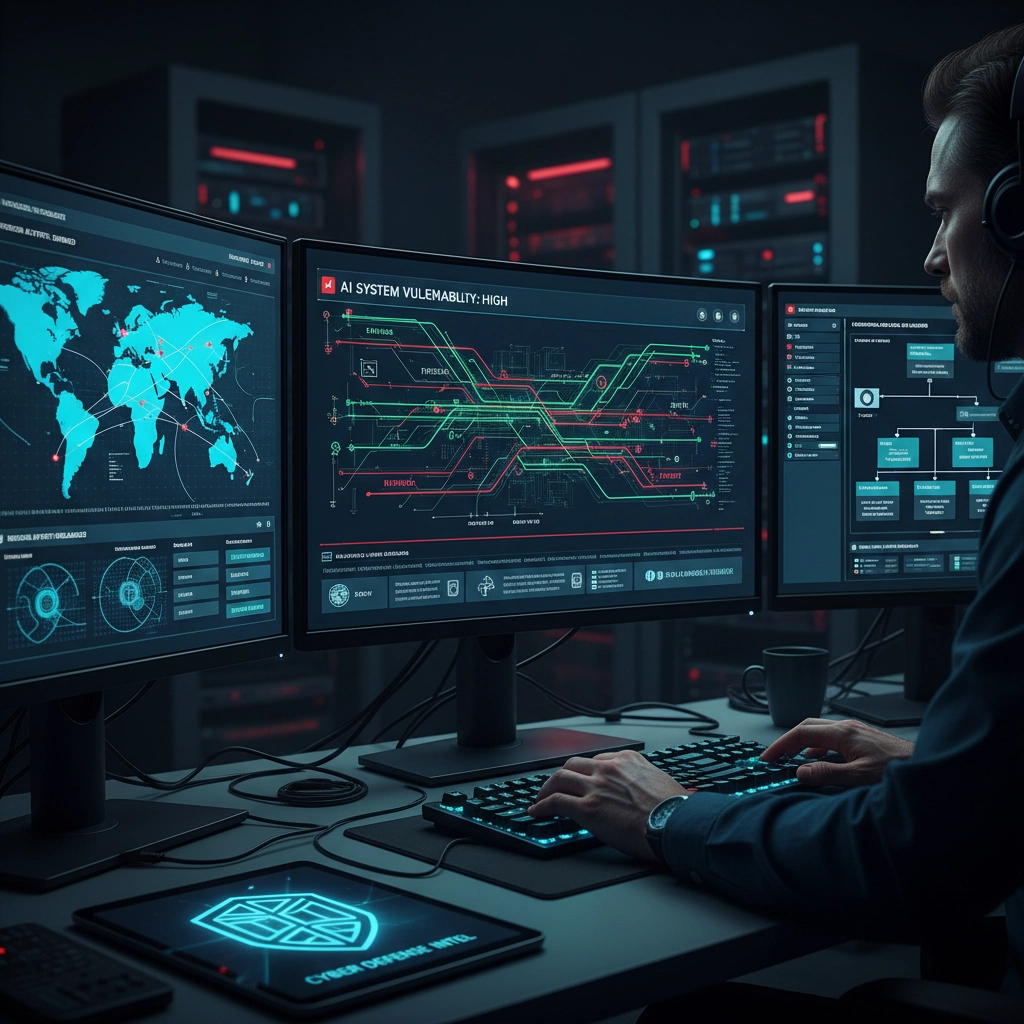
For importers, this means you're not just dealing with the complexity of AI decision-making: you're also exposed to the possibility that those systems have been compromised. It's a vulnerability that most businesses haven't even considered, but it could explain some of the seemingly random enforcement patterns we're seeing.
What CBP's AI Shopping List Reveals
Want to know what CBP thinks they're missing? Look at what they're trying to buy. Recent procurement documents show CBP is actively seeking products that can:
- Scrape Chinese internet data and e-commerce platforms
- Process natural language from social media and online communications
- Analyze product images and packaging details across multiple platforms
- Detect counterfeits through visual recognition technology
This procurement strategy tells us two things: first, CBP recognizes that their current AI capabilities aren't sufficient for modern trade challenges. Second, they're specifically targeting e-commerce and Chinese supply chains, which means if you're sourcing from China or selling online, you're about to face much more sophisticated scrutiny.
The focus on visual recognition is particularly interesting. CBP wants AI that can literally look at product photos and packaging to spot counterfeits and compliance issues. Your product listings, marketing materials, and even customer photos could become part of the compliance equation.
The Forced Labor Compliance Trap
Here's where AI creates a catch-22 for importers: the technology is incredibly good at finding forced labor connections deep in supply chains, but it's also creating compliance requirements that are nearly impossible to meet through traditional methods.
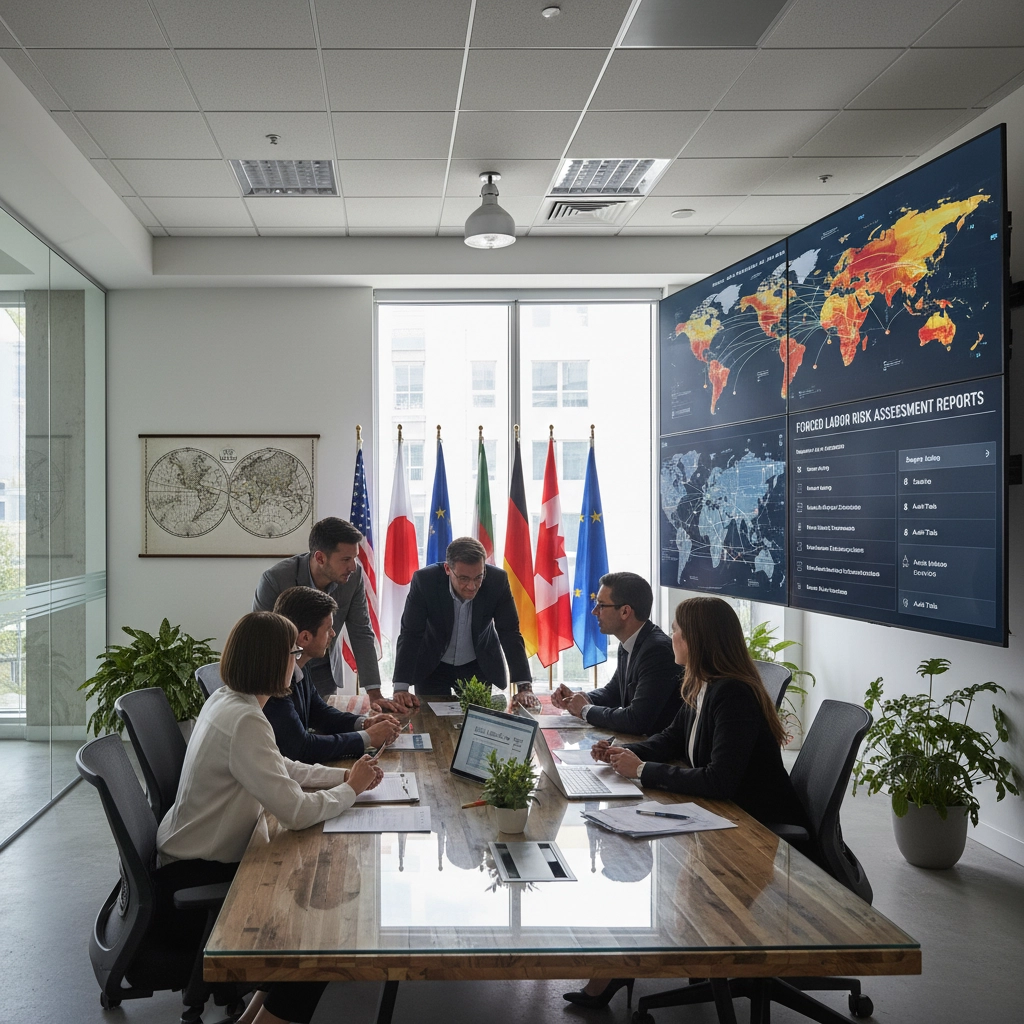
CBP's AI can identify connections between suppliers and regions associated with forced labor that would take human analysts months to uncover. That's great for enforcement, but it means companies are being held responsible for compliance issues they literally couldn't have discovered through reasonable due diligence.
The result? More detention orders, more scrutiny, and more compliance costs, even for companies that are genuinely trying to operate ethically. The AI systems are setting a bar for supply chain visibility that most traditional compliance programs can't reach.
Gaming the System: What Smart Importers Are Doing
So how do you navigate this new reality? Smart importers aren't trying to hide from AI: they're using similar technology to stay ahead of it.
First, they're investing in supply chain mapping tools that can identify risks before CBP's systems do. If you can spot a potential forced labor connection in your Tier 4 suppliers before CBP flags it, you can address it proactively instead of reactively.
Second, they're documenting everything. In an AI-driven enforcement environment, having detailed records of your due diligence efforts becomes even more critical. You need to be able to prove you took reasonable steps to identify and address risks, even if AI systems find connections you missed.

Third, they're diversifying their supplier relationships strategically. Relying too heavily on suppliers from high-risk regions or with complex ownership structures increases your AI risk profile. Smart importers are building supplier diversity not just for business reasons, but for compliance reasons.
The Bottom Line: Adapt or Get Flagged
CBP's AI systems aren't going away: they're getting more sophisticated every month. The companies that thrive in this new environment will be the ones that understand how these systems work and adapt their compliance strategies accordingly.
That means investing in technology that can match CBP's visibility into your supply chain. It means building compliance programs that assume deep supply chain connections will be discovered and scrutinized. And it means accepting that the old ways of managing trade compliance: with their limited visibility and reactive approaches: are becoming obsolete.
The AI revolution in trade enforcement is here. The question isn't whether these systems will affect your business: it's whether you'll be ready when they do. Companies that treat AI compliance as an afterthought are setting themselves up for expensive surprises. Those that get ahead of it will have a significant competitive advantage.
Ready to bulletproof your supply chain against AI-driven enforcement? USLaunch can help you navigate this new landscape before CBP's algorithms notice what you're missing.


